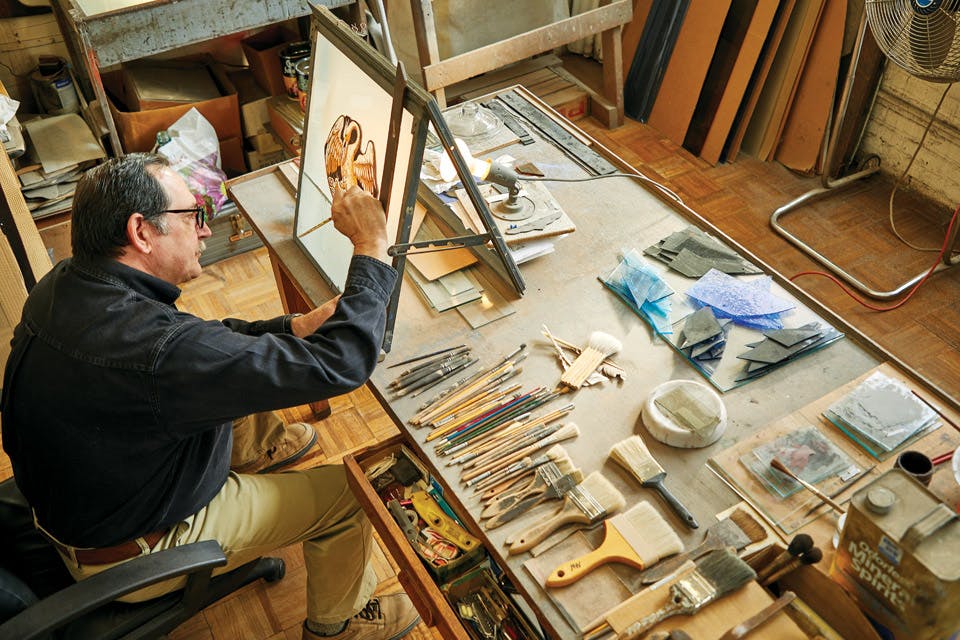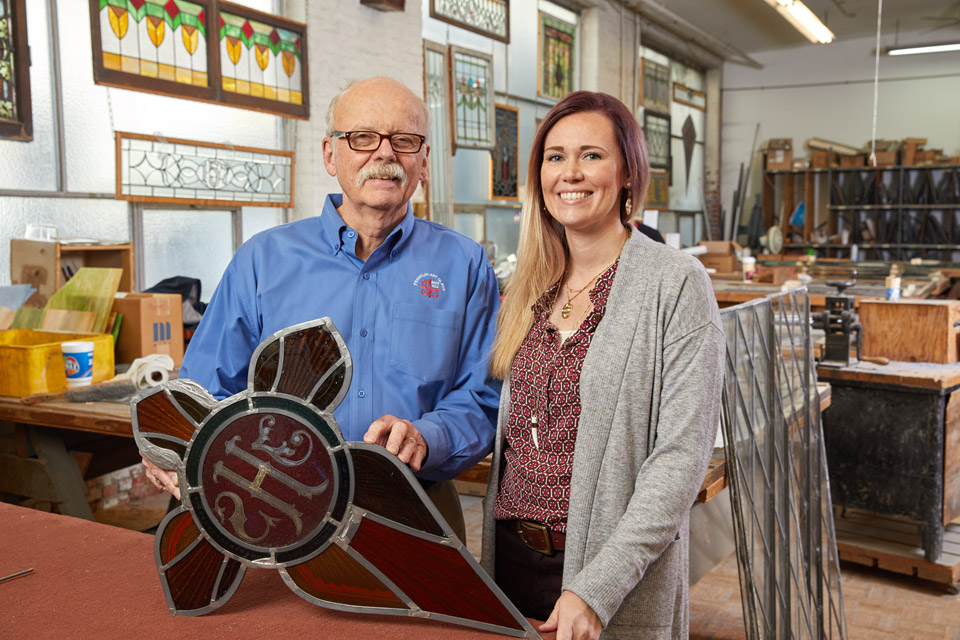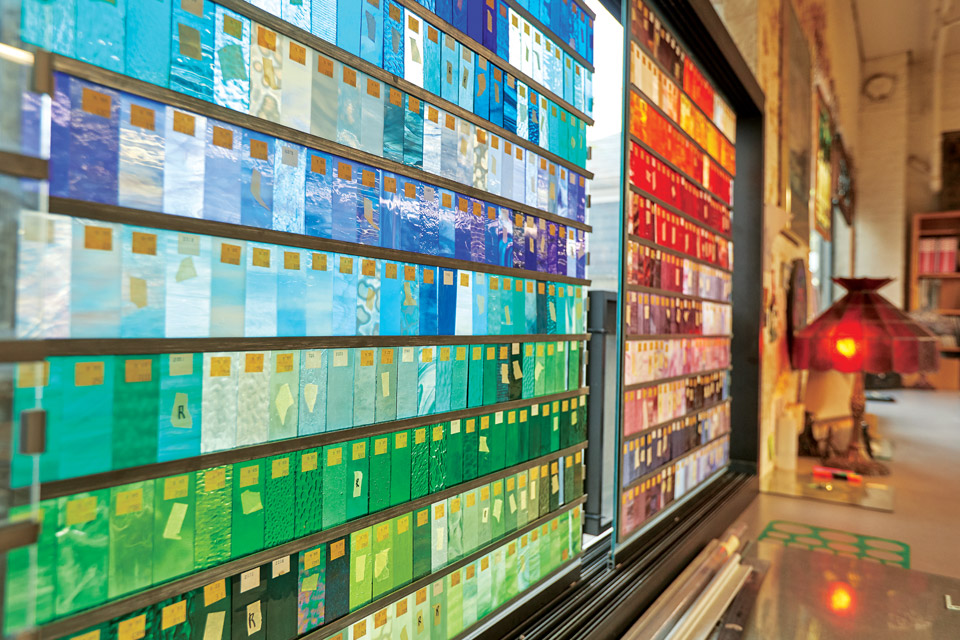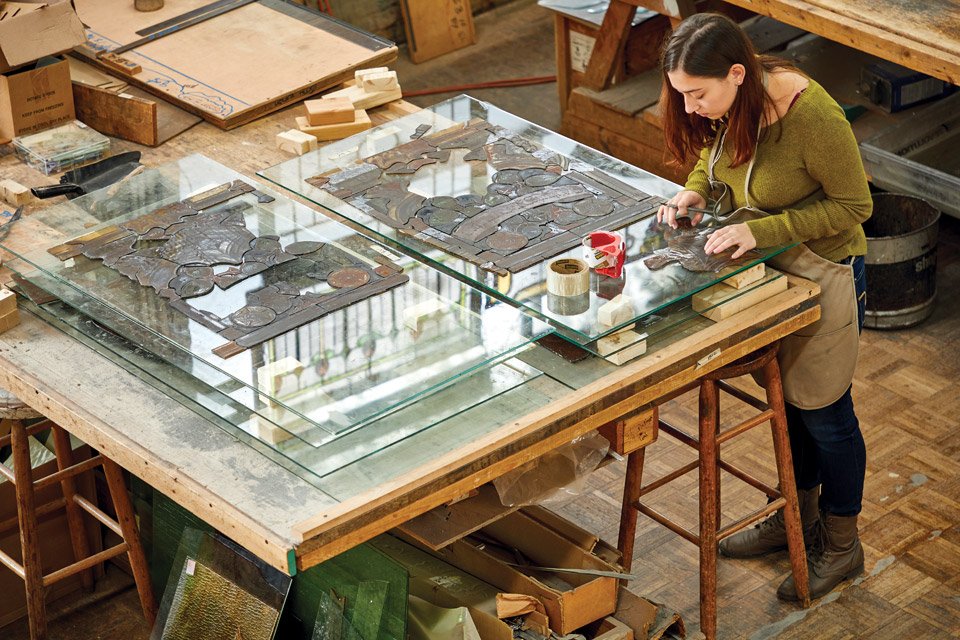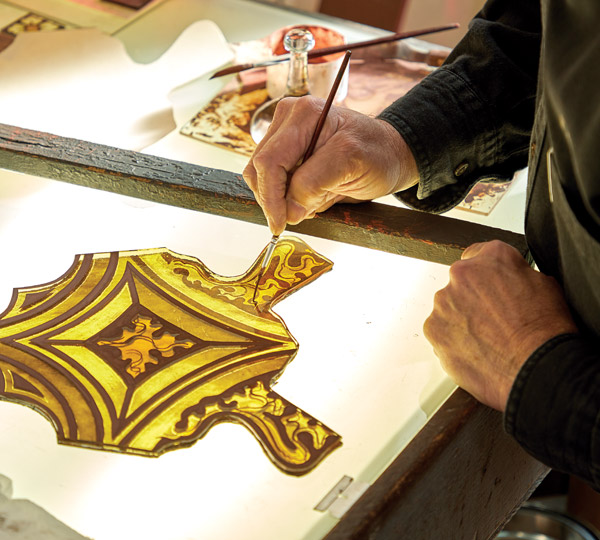Ohio Life
A Look Inside Columbus’ Historic Franklin Art Glass Studios
Columbus’ Franklin Art Glass Studios creates stained glass works for public and private clients. We visited to see its projects firsthand.
Related Articles
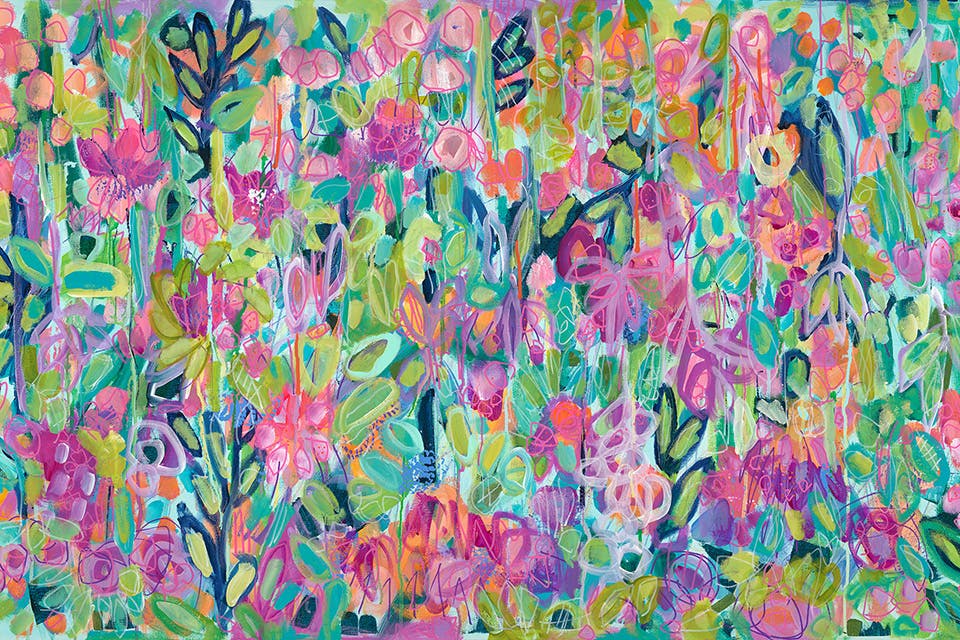
Flowers Power Alisa H. Workman’s Beautiful Paintings
The southwest Ohio-based artist embraces spontaneity in creating her floral-inspired canvases. READ MORE >>
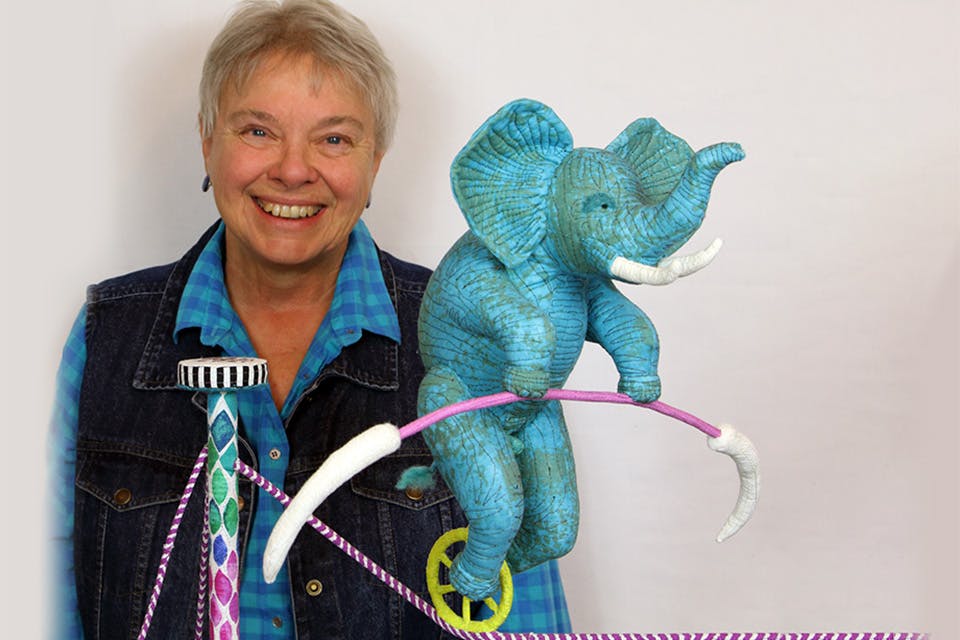
View a Whimsical Cloth Circus at Canton Museum of Art’s ‘Without a Net’
California-based artist Susan Else’s vibrant and fun creations are the focus of this exhibition, which runs from Nov. 21 through March 3. READ MORE >>
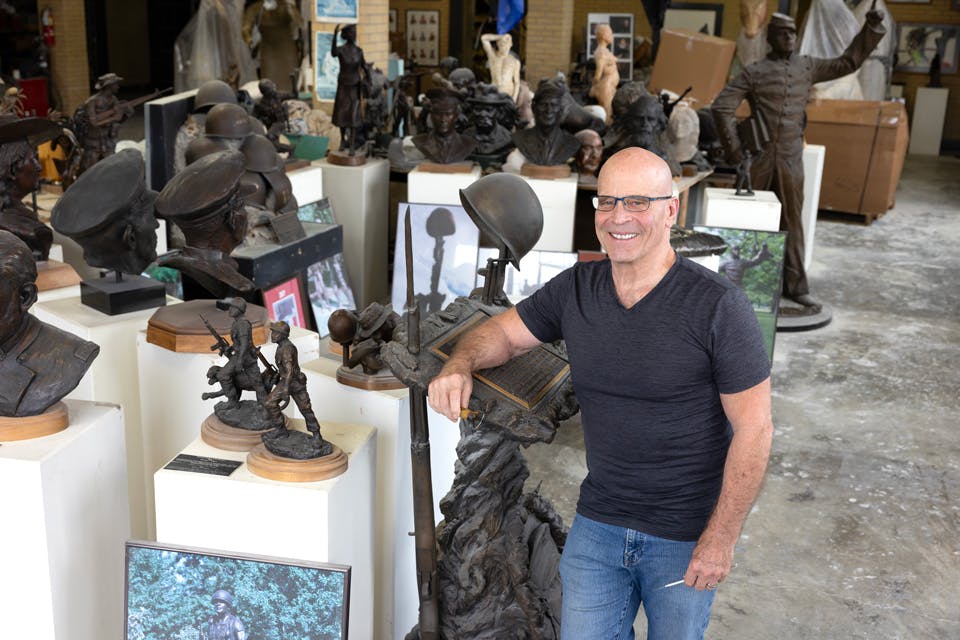
The Sculpted Visions of Alan Cottrill
The artist’s cast-bronze works are found across Ohio and far beyond. We visited his Zanesville studio to learn about his process and the road that led him to finding his passion. READ MORE >>


